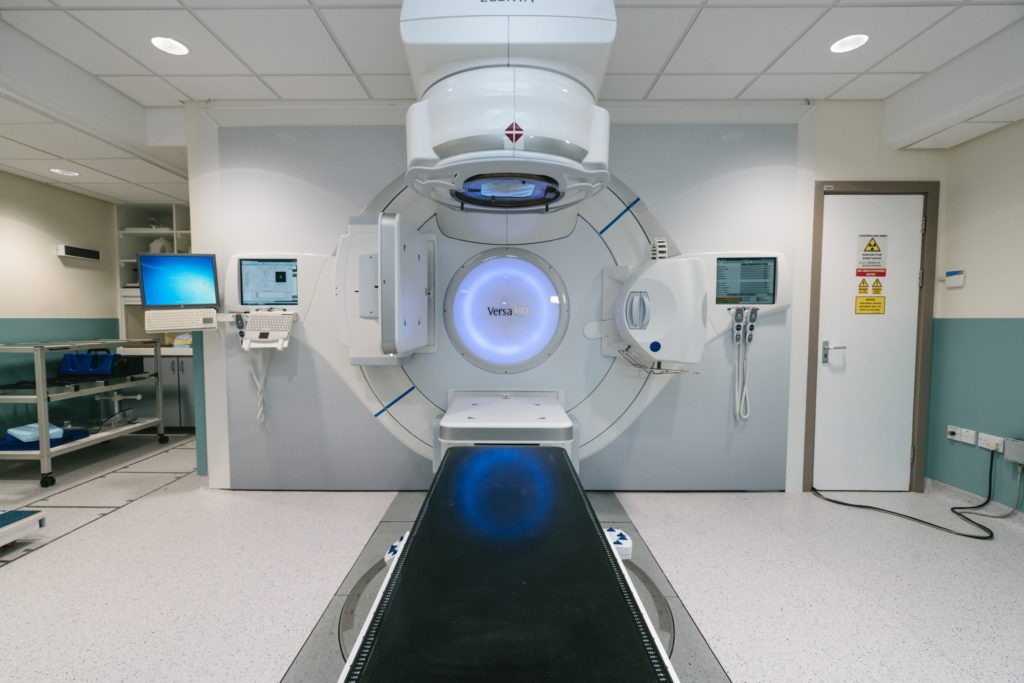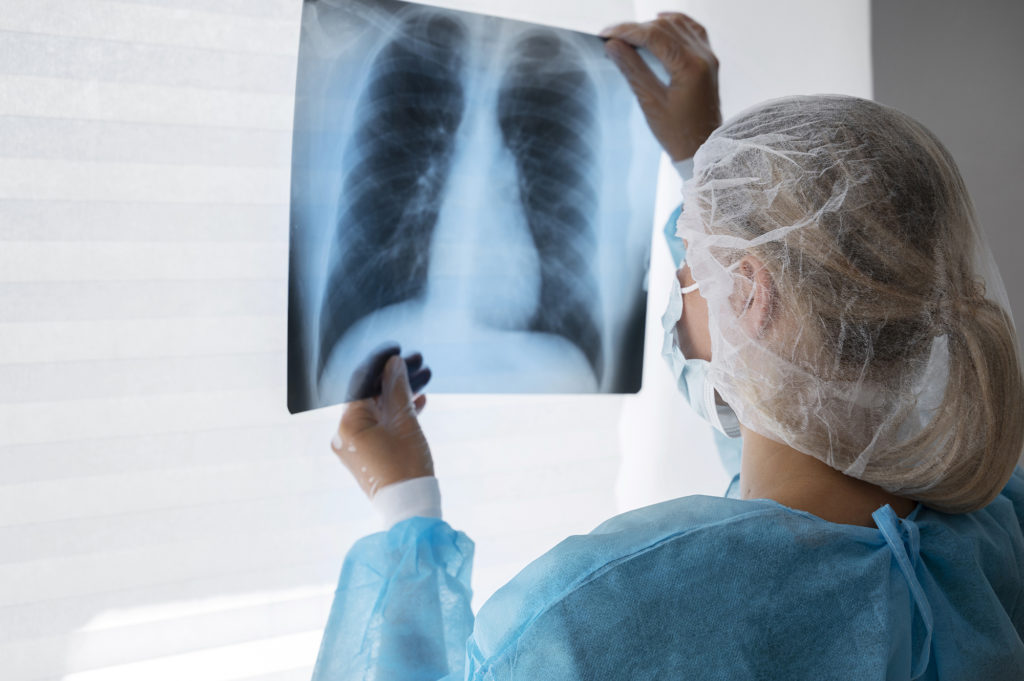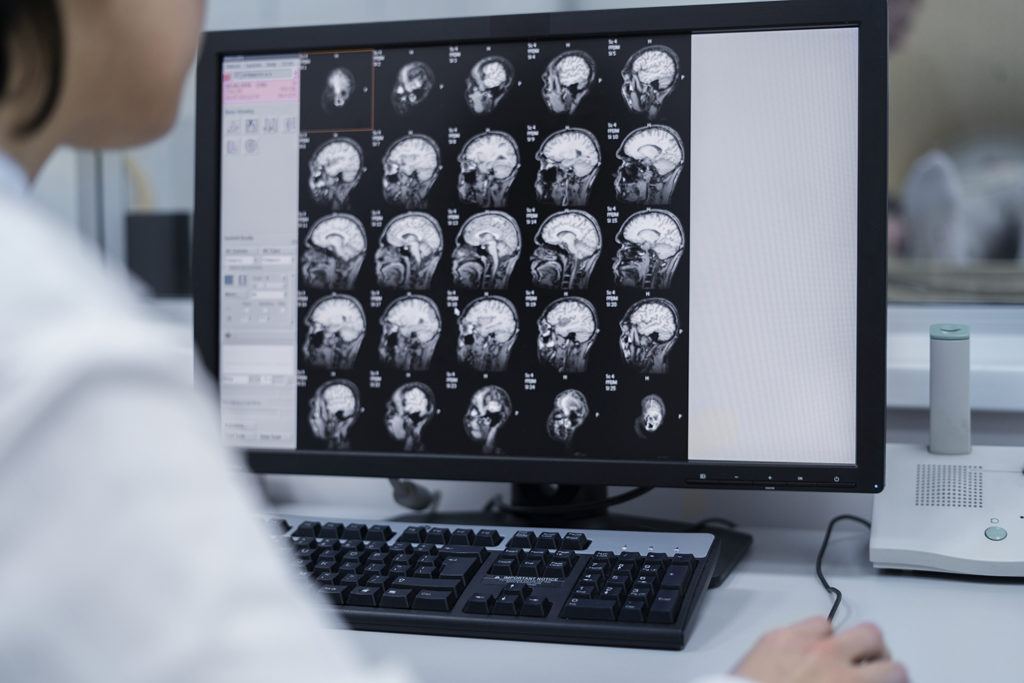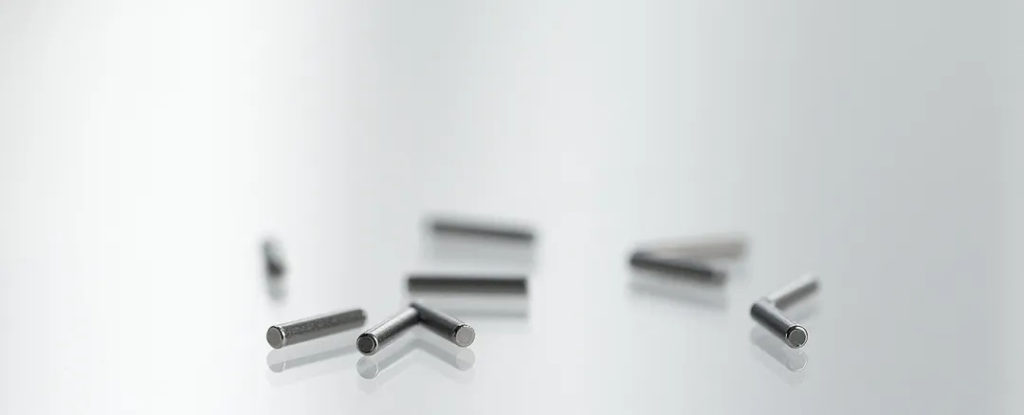One of the industries that benefit greatly from radiation is medicine. From the invention of the x-ray it has evolved through the years into advanced techniques both for diagnosis and treatment.

Most of the man-made radiation we are exposed to comes from the medical procedures we undergo—standard X-ray and CT scans to diagnose injuries and disease. Radiation is also used in radiation therapy to improve health and even save lives.
Benefits of Radiation in Medicine
The discovery of x-ray was a transformative moment. For the first time there was a fast and painless method to produce images of the body’s inner structures. How does this work?

X-ray beams pass through the body and can examine different parts like bones, teeth, chest, and abdomen. Depending on the density of the material, the beams are absorbed in different amounts.
When you look at an x-ray film, the dense parts like bone show up as white while fat and muscle are shades of gray. Air shows up as black.
X-rays are also used in mammograms and fluoroscopy.

A computerised tomography (CT) scan, on the other hand, provides a more-detailed image than x-rays. A narrow beam of x-rays are quickly rotated around the patient’s body, enabling the computer to process and generate cross-sectional images or slices. What you get is a 3D image of the skeleton, organs, tissues and any abnormality that the physician needs to examine.
Radiation is also used in cancer treatment through radiation therapy or radiotherapy, where high doses of radiation shrink tumors and kill cancer cells by damaging their DNA. This takes days or weeks and is planned carefully as it can also damage healthy cells.
The two main types are external beam and internal radiation therapy. The first one is a local treatment treating a specific part of your body. It comes from a machine that can move around you.

On the contrary, internal radiation therapy is when a solid or a liquid radiation source is put inside your body.
How much radiation do I get for every procedure?
There are three kinds of dose that can be measured: absorbed, equivalent, and effective dose.
For medical procedures, measured in Sievert (Sv) are the equivalent and effective dose. Equivalent dose accounts for the absorbed dose and the effectiveness of the radiation type. Effective dose, on the other hand, accounts for the radiation type and the organ sensitivity as different organs have different levels of sensitivity to radiation.
Here are the average effective doses from medical radiation for adults:
One Sievert (Sv) is 1,000 millisieverts (mSv).
| Chest X-ray | 0.1 mSv |
| Dental X-ray, panoramic | 0.01 mSv |
| Arm or leg X-ray | 0.001 mSv |
| Abdominal X-ray | 0.7 mSv |
| Lumbar spine X-ray | 1.5 mSv |
| Bone density test | 0.001 mSv |
| Head CT scan | 2 mSv |
| Spine/ Pelvis CT scan | 6 mSv |
| Chest CT scan | 7 mSv |
| Abdomen CT scan | 8 mSv |
| CT colonography | 10 mSv |
| CT angiogram | 16 mSv |
Is there a dose limit for these medical procedures?
As radiation dosage in medicine can also affect healthy cells, there’s a limit to what your body can safely receive. Every patient and every condition is different and using the lowest reasonably achievable dose is the fundamental step in patient protection.
For radiation workers in Australia, the prescribed dose limit is 20 mSv per year and not more than 50 mSv per year for effective dose. Special clothing and protective equipment are used every time radiation therapy is given. For the public, the annual dose limit of 1 mSv is prescribed.

Radiation Monitoring in Medicine
SensaWeb is passionate about making people feel safe and assured in their workplace. By providing radiation monitors with clear visualisation of that data to medical facilities, we can help health organisations and the communities around them be confident in their safety and the benefits of imaging technologies.
Looking for area radiation monitors for your medical facilities? SensaWeb got you covered. With our monitors, you can easily detect and interdict radioactive materials. Connect with us at https://www.sensaweb.com.au/contact/ or our email address: info@sensaweb.com.au. You can also call us at +61 415 409 467.